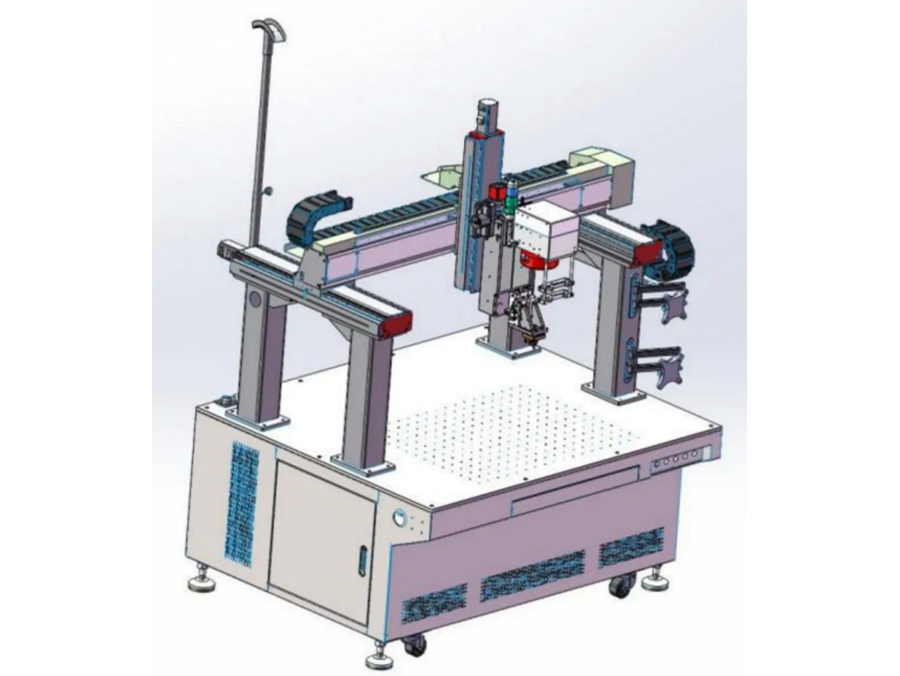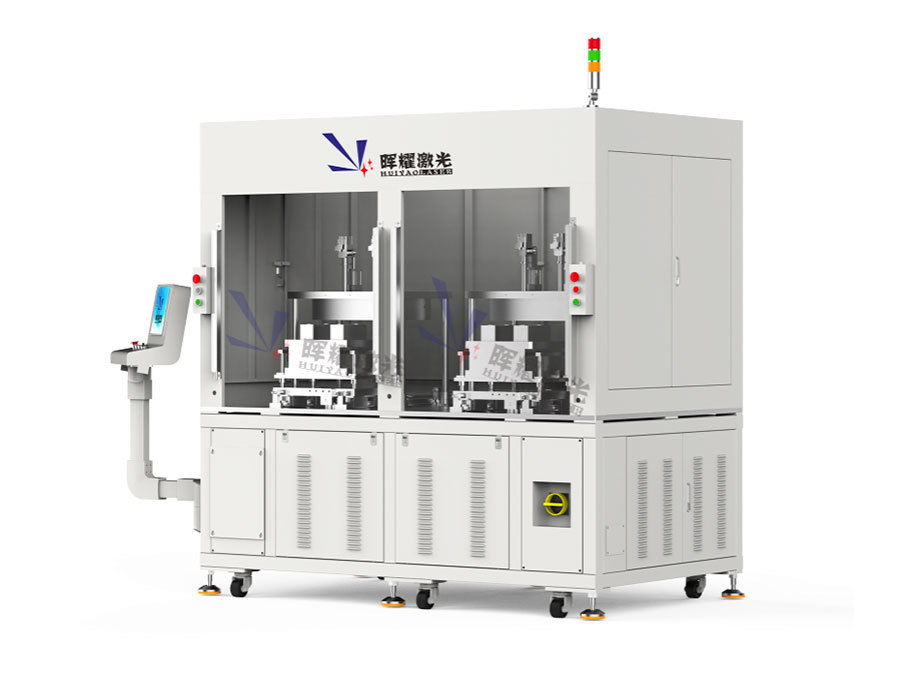Product

ESS Battery Module PACK Aging Cabinet
- Product description
-
- Commodity name: ESS Battery Module PACK Aging Cabinet
- Commodity ID: 储能电池模组PACK电池组老化柜
The ESS Battery Module PACK Aging Cabinet is specifically designed to evaluate the aging characteristics of energy storage battery modules and packs.
1. Equipment Overview
The ESS Battery Module PACK Aging Cabinet is specifically designed to evaluate the aging characteristics of energy storage battery modules and packs. This cabinet simulates long-term use conditions by performing charge and discharge cycles to assess capacity fade, efficiency degradation, and thermal stability over time. The system is engineered for ESS applications, ensuring quality and reliability for modules and packs.
2. Key Features
- Precise Aging Simulation: Conducts controlled charge/discharge cycles for aging evaluation.
- High Channel Capacity: Supports simultaneous testing of multiple modules or packs.
- Real-Time Monitoring: Tracks electrical and thermal parameters during aging cycles.
- Data Integration: MES-compatible for centralized tracking and traceability.
- Safety-Certified: Features robust safety mechanisms to handle ESS modules and packs
3. Technical Specifications
3.1 Module/PACK Compatibility
- Supported Formats:
- ESS Prismatic Battery Modules.
- ESS Cylindrical Battery Packs.
- ESS Pouch Battery Packs.
- Dimensions:
- Minimum: 200 × 150 × 50 mm.
- Maximum: 1,500 × 1,000 × 300 mm.
- Weight Capacity per Module/PACK: Up to 50 kg.
3.2 Electrical Testing Parameters
- Voltage Range: 0–1,000 V.
- Voltage Accuracy: ±0.05%.
- Current Range: 0–300 A (customizable).
- Current Accuracy: ±0.1%.
- Capacity Range: 0–300 Ah per channel
3.3 Testing Modes
- Charge/Discharge Profiles:
- Constant Current (CC).
- Constant Voltage (CV).
- Constant Power (CP).
- Dynamic Load Profiles.
- Cycle Testing: Configurable cycles for capacity fade and efficiency evaluation.
- Rest Period Simulation: Adjustable periods to mimic real-world usage.
3.4 Thermal Monitoring and Control
- Temperature Range: 15–60°C (adjustable).
- Temperature Accuracy: ±1°C.
- Thermal Channels: Independent monitoring for each module/PACK.
- Cooling System: Integrated forced-air or liquid cooling (optional).
3.5 System Capacity
- Channels:
- Standard: 16–64 channels (expandable).
- Independent control for each channel.
- Throughput: Up to 100 modules or packs per cycle depending on configuration.
3.6 Data Management
- Data Logging: Continuous recording of voltage, current, capacity, and temperature.
- Traceability: Unique serial numbers for each module/PACK.
- Reporting: Automated aging performance reports with graphs and analysis.
- Integration: MES/ERP-compatible for comprehensive data tracking
3.7 Control System
- HMI: Touchscreen interface for intuitive operation.
- Control System: PLC-based for accurate and reliable operations.
- Automation Features: Pre-programmed testing recipes for different battery chemistries.
3.8 Safety Features
- Overcurrent and Overvoltage Protection: Prevents damage to equipment and batteries.
- Thermal Monitoring: Alerts for overheating and abnormal temperature deviations.
- Emergency Shutdown: Stops all operations immediately in case of emergency.
- Fire Suppression: Optional built-in fire suppression system for added safety.
3.9 Mechanical Design
- Dimensions: 2,000 × 1,500 × 2,000 mm (customizable).
- Weight: Approximately 2,500 kg.
- Chamber Design: Enclosed cabinet with modular slots for easy operation.
3.10 Power Requirements
- Input Voltage: AC 380V ±10%, 50/60 Hz, 3-phase.
- Power Consumption: ≤80 kW.
3.11 Environmental Requirements
- Operating Temperature: 15–35°C.
- Humidity: ≤70% RH (non-condensing).
- Cleanliness: Dust-free environment for optimal performance.
4. Applications
- Energy Storage Systems (ESS): Aging evaluation for large-scale storage applications.
- Renewable Energy Storage: Validation of battery modules and packs for solar and wind power systems.
- Grid Stability: Ensures high-quality modules for grid-scale energy storage projects.
5. Maintenance and Warranty
- Maintenance Schedule:
- Weekly: Inspect connectors and thermal control systems.
- Monthly: Calibration of electrical channels and sensors.
- Annually: Comprehensive system diagnostics and firmware updates.
- Warranty:
- Standard: 1 year.
- Extended: Available upon request.
Key words:
Series of Products
The Huiyao Laser Cell OCV Testing & Sorting Machine is a critical component for ensuring the quality and consistency of prismatic battery modules. This semi-automatic station is designed to accurately measure the Open Circuit Voltage (OCV), AC Internal Resistance (ACIR), and polarity of individual cells *before* they enter the main assembly line. By sorting cells into precise groups based on these parameters, it guarantees module balancing, safety, and optimal performance.
The Huiyao Laser Pneumatic Stacking & Pressing Machine is a high-precision, semi-automatic station designed for the flexible assembly of prismatic battery modules. It ensures optimal cell compression and alignment during the manual stacking process, which is critical for module durability, performance, and safety. This unit is ideal for R&D, prototyping, and small-batch production environments where process flexibility and precise pressure control are paramount.
Huiyao Laser is a leading battery laser welding machine manufacturer offering professional battery pack and battery module welding solutions for many fields, such as energy storage systems of research and development machines, as well as complete assembly lines for module and battery pack production.
Battery Top Cap Welding Equipment
Precise welding of top caps onto battery cases, ensuring airtight sealing and electrical connectivity for prismatic and pouch batteries.
Get a Free Quote
PLEASE LEAVE YOUR MESSAGE AND WE WILL CONTACT YOU AS SOON AS WE RECEIVE IT!
FAQ
Q
Can these lines handle different prismatic cell sizes or chemistries (LFP, M3P)?
A
Q
How do I choose the "best" prismatic assembly line?
A





